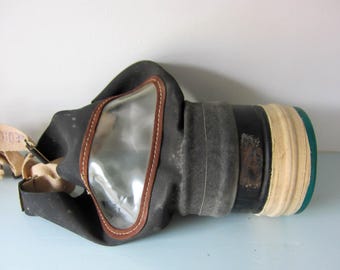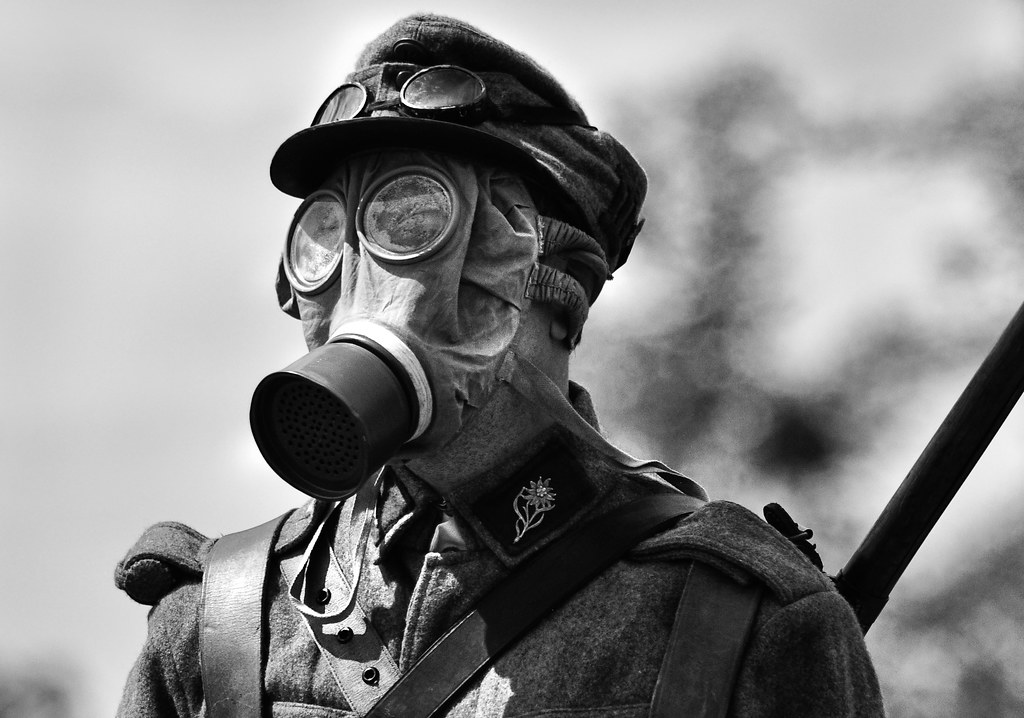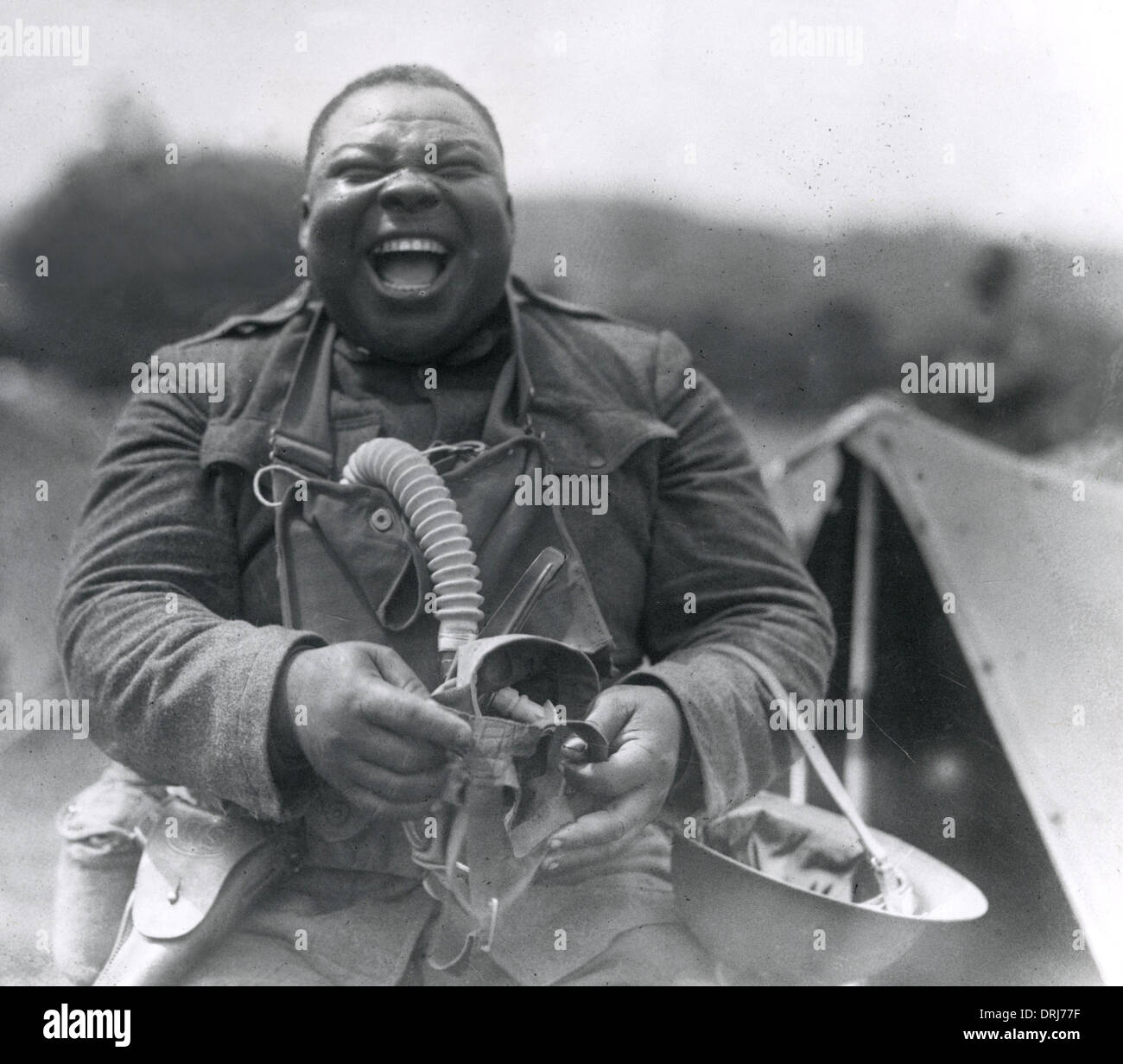



It was introduced by the British Army in July of 1915. This model is also known as a P Helmet, a Phenate Helmet, or a Tube Helmet. He is credited with inventing the gas mask based on a helmet taken from a captured German prisoner. An original WWI German Gas Mask constructed from a single piece of tanned sheepskin dipped in an oil sealant solution.

He served in France, Belgium, Egypt, Salonica and Gallipoli. Cluny Macpherson (1879-1966) served in World War I as part of 1st Newfoundland Regiment. Memorial University of Newfoundland website "PH Helmet" article wikipedia CD #3 Research Factsĭr. Retaining hose, this now stiff and fragment only of the canister. The face cloth is supple and complete with mouth piece and nose clips. A good supple example of the Great War pattern. Cluny Macpherson (1879-1966) - Reflections of a Newfoundlander. WW1 British Small Box Respirator Gas Mask. Cluny Macpherson Biographical Sketch." Dr. #2: some corrosion on metal parts #3: dark staining around eyepieces and mouth valve minor tearing of one layer of canvas near top of head at front. Length 54.5 cm x Width 49.4 cm Condition Remarks On-site exhibit: "Trench Menders: Health Care in the First World War," 25 Feb, 2015. The helmet was intended to replace the black veil in order to effectively protect against chlorine attacks. Number Of PartsĪcquired from the Academy of Medicine. One of the first gas masks seen on the battlefields of the early world war was the British Hypo helmet, after recent failure and ineffectiveness of the black veil respirator. Macpherson respirator gas mask consists of a multi-layer canvas hood designed to completely cover the head and neck, with two metal-rimmed mica eyepieces and a circular metal valve at the mouth from interior of mouth valve extends a thin metal tube, 10 cm long, designed to be held in the wearer's mouth. Military Medicine - First World War - World War One - WW1 - WWI Military Medicine - equipment and supplies The inhaled air impinged on the eye pieces and reduced fogging resulting in. 2014.University Health Network - Academy of Medicine Collection Category Until WWI, respirators used in mining and industry were homemade masks. "Operation War Diary." Operation War Diary. "Gas Masks in World War One." Gas Masks in World War One. ize verb \ ˈnü-trə- ˌlīz, ˈnyü-\: to stop (someone or something) from being effective or harmfulīlack, Larry Krieger, Phillip Naylor, and Dahia Ibo Shabaka. Modern World History Patterns of Interaction.ine noun \ˈglis-ə-ˌrȯl, -ˌrōl : a sweet syrupy hygroscopic trihydroxy alcohol C3H8O3 usually obtained by the saponification of fats and used especially as a solvent and plasticizer, as a moistening agent, emollient, and lubricant, and as an emulsifying agent.Many of the deaths occurred when panicked victims rushed. It helped, knowing that something was being done about the gas, instead of them just being let loose only to be slaughtered by chemical weapons. None of the British soldiers at Ypres had gas masks, resulting in 7,000 injuries and more than 1,100 deaths from chlorine gas asphyxiation. Many soldiers wrote in their war diaries about how the Hypo Helmet boosted morale, despite its many flaws. It was very crude and the eyepiece easily broke, but in this case it was really the thought that counts. They were mixed to make "hypo solution" The Hypo Helmet would be soaked in this and thrown over the head. A chemical weapon widely employed during the First World War. New, better neutralizing chemicals were also introduced: sodium hyposulphite and glycerine. of gas mask used by British Empire forces. Includes 3 heads (full without headdress, wearing field cap, and half head), 3 M17 gas masks with clear eye-piece inserts, 3 separate filters, canvas gas. However, as the use of poison gas increased, it was important that a more sophisticated form of protection was developed. The Hypo Helmet, which completely covered a soldier's face, was introduced by the British military. The British Hypo helmet Despite offering little help to soldiers, the hypo helmet did provide British troops with an indication that something was being done to help them get through gas attacks, which boosted morale. When both sides started using chemical weapons, protection became even more important, and certain technological advancements were necessary.


 0 kommentar(er)
0 kommentar(er)
